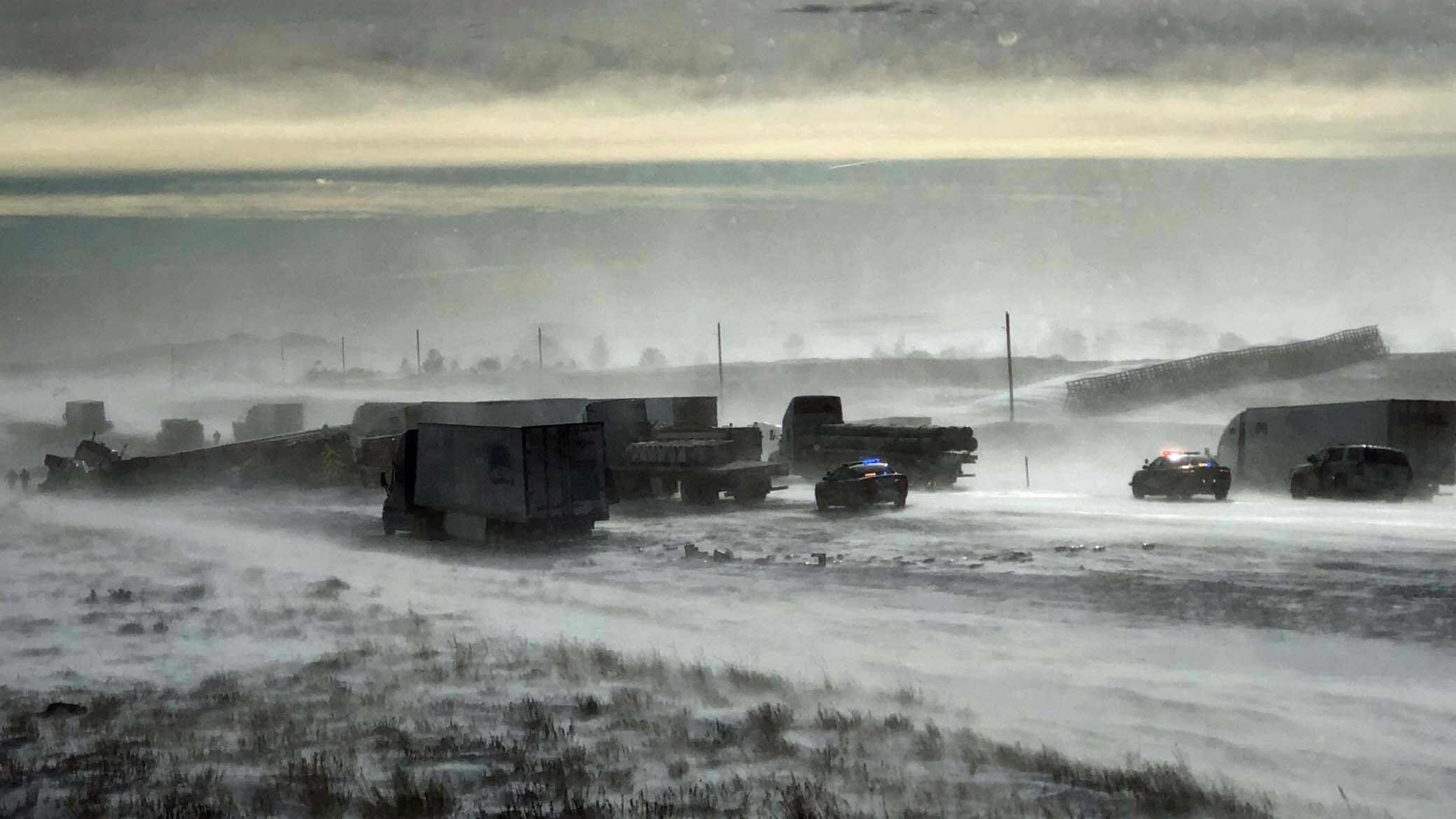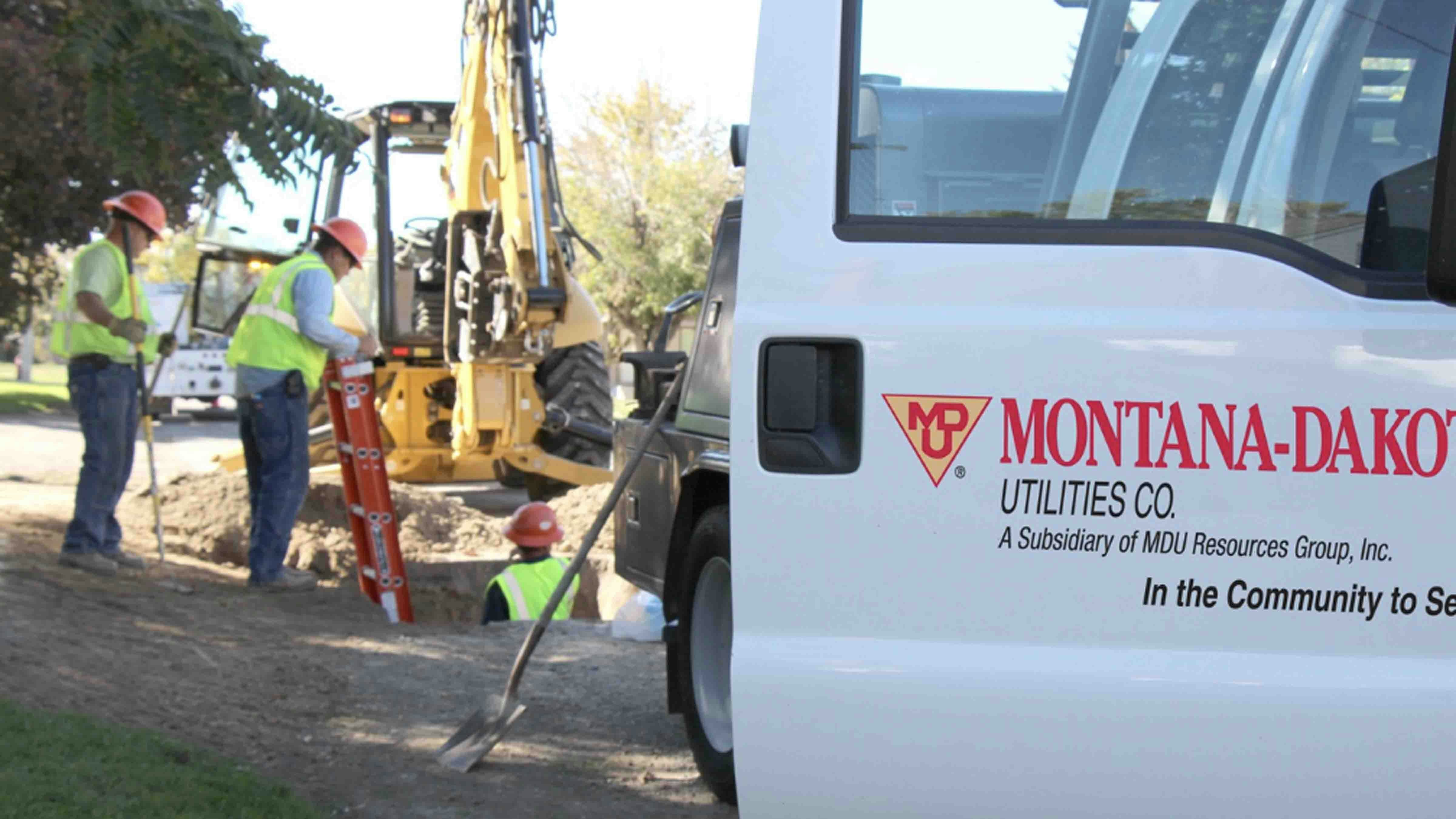Advances in technology are helping improve the quality of information the Wyoming Department of Transportation uses to decide on road closures, but the final decision is still in the hands of people actually on the roads, the department’s director said.
“We only close the roads for two reasons: visibility and crashes,” said Luke Reiner, WYDOT director and a retired U.S. Army Major General. “There is no road closure decision made at headquarters. Those decisions are made by the boots on the ground.”
The number of times WYDOT closes Interstates 80, 90 and 25 varies each winter season, which is measured from October-May, but the 2019-2020 season is already breaking five-year records, according to information provided by WYDOT.
So far, I-80 was closed 55 times since October, WYDOT reported. The previous high for I-80 was 54 closures during the 2015-2016 winter season, and the five-year low was 34 closures during the 2017-2018 season.
Both I-90 and I-25 experienced similar arcs.
I-90 was closed nine times this season, with its previous five-year high set at eight closures during the 2018-2019 and 2016-2017 seasons.
With 18 closures on I-25 so far this season, it’s on a path to break its five-year high of 19 closures in both the 2015-2016 and 2016-2017 seasons, WYDOT reported.
“According to our meteorologists, our storms started earlier this year than in previous years,” Reiner said. “This year, we have had snowfall in December, January and February, which is really not typical for us.”
In the last decade, WYDOT has adapted its approach to closing roads by using an in-house meteorologist, weather-prediction technology, road sensors and new closure philosophies.
But Reiner said the most important component in a closure decision remains the troopers and highway maintenance crews operating on Wyoming’s roads.
“The job at WYDOT is to keep these roads as absolutely safe as we can,” he said. “We execute that role through the men and women working in the field and making these (closure) calls.”
Weighing the impacts
Every hour I-80 is closed, the private trucking industry loses about about $1 million, Reiner said.
“Our goal is not to close roads,” he said. “Over 50 percent of the traffic on I-80 is heavy trucks, and 90 percent of those are passing through. When we close the roads, we inhibit the flow of those commodities.”
The Wyoming Trucking Association did not respond to several requests for comment.
Reiner said every road closure negatively affects the flow of commercial goods, which ripples through the state’s economy.
“Additionally, closures have a negative effect on transportation to schools and work,” he added.
Because closures impact so many areas of Wyoming life, Highway Patrol Col. Kebin Haller said troopers and WYDOT staff avoid making closure decisions in a vacuum.
“We have veteran troopers out there who have worked that stretch of road for many years,” Haller explained. “And we also have rookies. Recognizing the significance of these decisions, our troopers talk to WYDOT maintenance staff, the dispatch center and the traffic management center before making the call.”
Additionally, the troopers run the decision by their first-line supervisor, he said.
“We also have the benefit of experience and can review the benefits of closing the road in the past and benefits of decisions not to close the road,” Haller said. “We do not take these decisions lightly.”
As part of the information used in making the closure decision, WYDOT Operations Chief Mark Gillett said the department collects road temperature data via environmental sensors, or Road Weather Information Systems (RWIS).
Depending on the type of sensors at a site, RWIS can provide information regarding air, surface and subsurface temperature, relative humidity, average wind speed, wind gust and wind direction, visibility, and surface conditions, WYDOT reported.
WYDOT uses 94 RWIS stations statewide.
“We do use technology to help us determine when best to close a road,” Gillett said. “But, ultimately, we do not close the road because of those technologies. Those decisions are made by folks in the storm.”
Eyes on the road
Wind direction and unsafe driving habits play some of the most significant roles in winter accidents and the road closures that follow, Haller said.
“Distracted driving continues to be an ongoing concern,” he said. “You can drive anywhere and look to the vehicle to your left or right, and they are often paying more attention to a handheld device than to the road.”
Crash site investigations revealed distracted driving reduces response time, which hampers the ability of drivers to avoid accidents on icy roads and in low-visibility situations, Haller explained.
As far as blowing snow, however, wind directions have shifted in recent years, nullifying some of the state’s preventive measures.
“Wind coming out of the north is something we’ve seen on I-80 recently, and this has created some severe visibility problems,” Haller said. “We don’t have snow fences on the north side of I-80. They are on the south, where the wind has typically come from.”
Reiner said additional snow fencing is on WYDOT’s list of budget priorities, but the department — like many state agencies — is doing more with less in recent years (https://cowboystatedaily.com/2020/01/30/wyo-highway-maintenance-costs-semi-trucks-extremely-hard-on-highways/).
As the number of closures rises, WYDOT is also using technology to help drivers navigate interruptions in their travel routes.
The 511 app and Wyoroad website, www.wyoroad.info, keep users informed on up-to-date road conditions and closures. And the WYDOT Authorized Travel (WAT) program allows authorized travelers to travel on sections of otherwise closed roads when authorities determine it is safe to do so.
Information for the WAT program is located on the Wyoroad website under the WAT icon.
“We’ve got lots of tools in the toolbox, and the goal is to use the right tool to keep the road open,” Reiner said. “The closure of the road is a last resort.”





